
Please note: With an improvement in global chip supply, we anticipate the XRF resuming production in Q1 2024.
The MOGLabs XRF RF synthesizer is an agile RF source with the unique capability of fast (10MHz) analogue modulation of frequency, amplitude and phase. It is priced to stop you building your own, bullet-proof so you don't have to be frightened of turning it on, and incredibly agile to meet the needs of quantum ion and BEC research. And it has MOGLabs ergonomics, so you can use it as a simple self-contained AOM driver, or as an optical noise eater with analogue input and built-in PID feedback.
The device provides two channels of agile RF frequency synthesis with optional high-power RF amplifiers built-in. Each channel spans a frequency range of 20 – 400MHz with output power up to 3 watts (+35dBm). The two channels can be used as simple manually controllable AOM drivers via front panel knobs to adjust frequency and output power, simultaneous FM and AM (or PM) modulation with 10MHz bandwidth, and servo feedback built-in for laser noise-eating or frequency locking.
The computer interface (10/100 ethernet and USB) allows full control of all parameters, including loading of FM, AM and PM data for triggered or looped playback. Fast frequency chirps or complex waveforms can be defined with 0.23Hz, 0.2mW and 0.4mrad (0.02°) resolution in time intervals as short as 16ns. 16 digital input/output signals can be individually controlled in synchronisation with the DDS sequences.
The XRF uses a fast FPGA to drive two AD9910 DDS cores. Communications are handled by two separate microcontrollers. FM, AM and PM sequences can be incredibly complex using interpolation, repeats, loops, ramps, and external triggers.
XRF Datasheet
XRF Software
Request a quote
Unsurpassed analogue modulation bandwidth: 10MHz
PID control for intensity stabilisation or laser frequency lock
High output power: 2 x 4W per channel (421 model)
Wide frequency range: 20 – 400MHz
16 independent digital outputs
Table mode for complex sequencing
Robust open- and short-circuit protection
Fast RF off from TTL (<50ns)
Extremely low phase noise
Complete package: 100-250Vac, 50/60Hz
Features
SMA breakout panel for 16-channel digital I/O
(XSMA)Signal conditioning for noise eater and laser frequency lock applications
(B3122)
Options
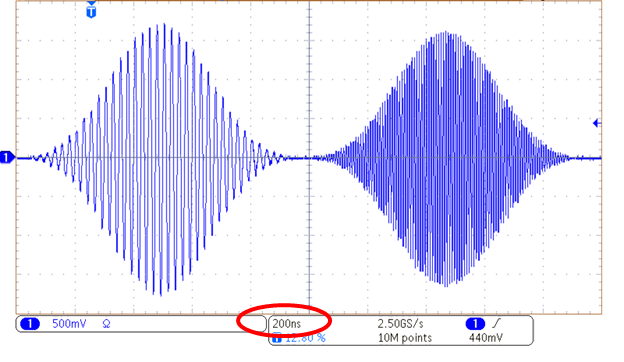
Autonomous table-mode execution
The XRF includes "table mode" functionality for automated execution of instructions, such as generation of pulse sequences.
The XRF is capable of updating the amplitude, frequency and phase of the RF output at 1us intervals, and includes an additional "advanced" table mode that can update one parameter at 16ns intervals, allowing for smooth pulse shaping.
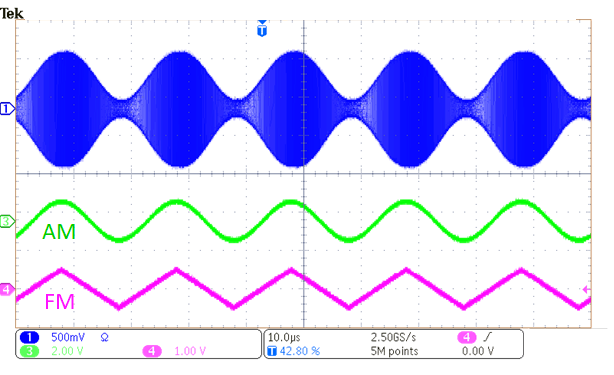
High-speed dual-parameter modulation
The XRF provides two analog inputs per channel for modulation (AM/FM/PM/PID).
Modulation of one parameter can be achieved with a -3dB bandwidth of 10MHz, and simultaneous modulation (e.g. AM+FM) can be achieved with an update-rate of the second parameter at 1MHz.
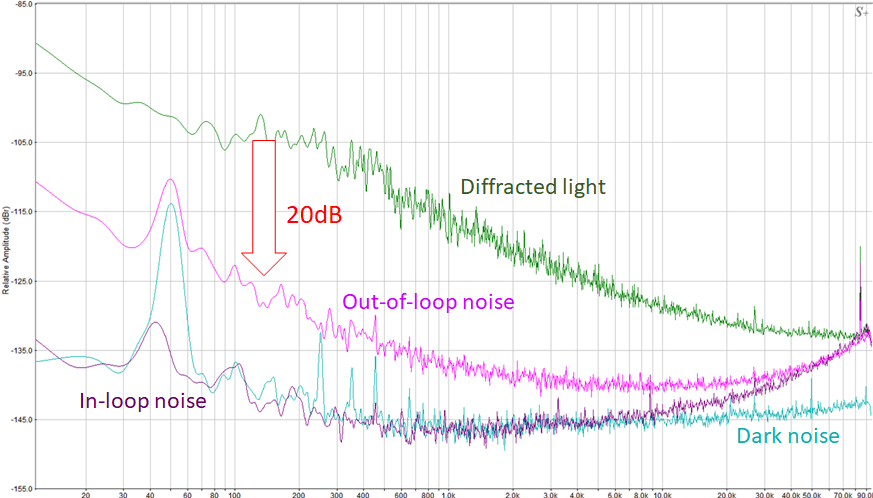
PID intensity-stabilisation/noise-eating
The XRF features a built-in PID controller that can automatically adjust the RF amplitude to stabilise the intensity of a diffracted beam and suppress intensity fluctuations.
We provide instructions for setting up and optimising intensity-stabilisation experiment in our application notes.
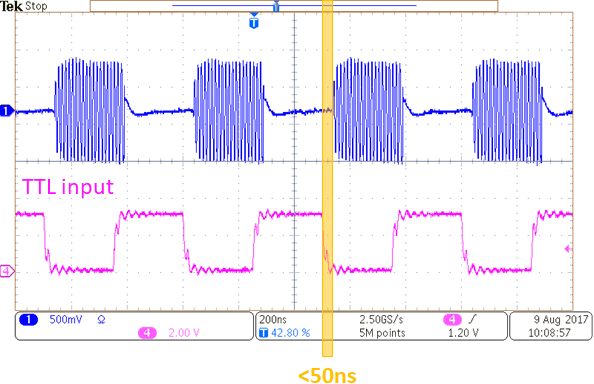
Fast TTL control and pulse generation
Each channel can be controlled from an external TTL input to switch the RF on and off in very short timeframes (<50ns from input to output). This enables rapid pulse generation
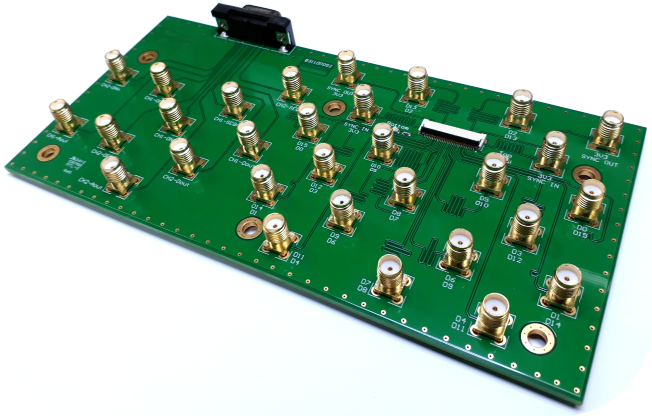
16-channels of digital I/O
The FPGA within the XRF is interfaced with a 16-channel bank of digital I/O for interfacing with other devices. The outputs can be driven simultaneously from table mode, enabling the generation of complex pulse sequences or triggers for time-critical synchronisation.
The XSMA breakout board (pictured) provides convenient SMA connectors for interfacing with the many channels of the device.
